For many, back-to-school shopping is one of the most exciting times of the year. However, in a frenzy of buying clothing and school supplies, most students forget that their overconsumption comes at the cost of the environment.
Often, students buy new supplies every year rather than reusing past supplies.
“As a result of this excess back-to-school consumerism, only 22% of respondents to a survey about back-to-school supply shopping admitted that they would reuse their materials from the previous year,”says Greenly.
This means that 78% of consumers purchase brand-new materials every year.
Of all of these new supplies bought every year, Greenbins says that “77% of these school supplies are wasted.”
These wasted materials cause a huge strain on the earth because its limited natural resources are turned into school supplies that ultimately end up being wasted. Pencils and notebooks that aren’t completely used up are thrown away even though they could be reused to prevent more trees from being cut down. Highlighters and crayons are also thrown away when they still have many more years of use left, and they end up in landfills that pollute the earth’s atmosphere.
As West Po starts its first month of school, students have already gone shopping for supplies. However, how does the previous data compare to students at West Potomac?
According to a survey of West Potomac with 24 respondents, “Only 16.7% of students purchase all of their school supplies new, while the majority (55.6%) buy and reuse equal amounts of supplies.” The most common item repurchased annually is notebooks at a staggering 50%.
This data shows that students at West Po also contribute to the waste created by back-to-school shopping. Based on this, students should reconsider how they shop for back-to-school supplies for the upcoming years.
Junior Alexandra Pastor says, “This data doesn’t really shock me, because I buy new notebooks, but I also reuse pencils and folders.” She also brings up how “It’s definitely a waste for our environment. However there are ways we can prevent this.”
As Alex mentioned, there are ways students at West Potomac can go back to school shopping that are environmentally friendly.
Pencils also create a substantial amount of waste, as 27.8% of students at West Po repurchase new pencils every year. However, a junior at West Po tries her best to reduce this waste.
Sofia Rubenstein, a member of the Outdoor Service Club, comments on how she reuses school supplies, “Instead of buying a new pack of mechanical pencils every year, I just buy the lead.”
Not only can you reuse items, but you can also buy second-hand items. Sofia says, “I bought my backpack from the thrift store a year ago.”
Although it may not seem like a huge difference, reusing, reducing, and recycling school supplies immensely improves our environment. So next time you go back to school shopping, think more about the effects your overconsumption has.

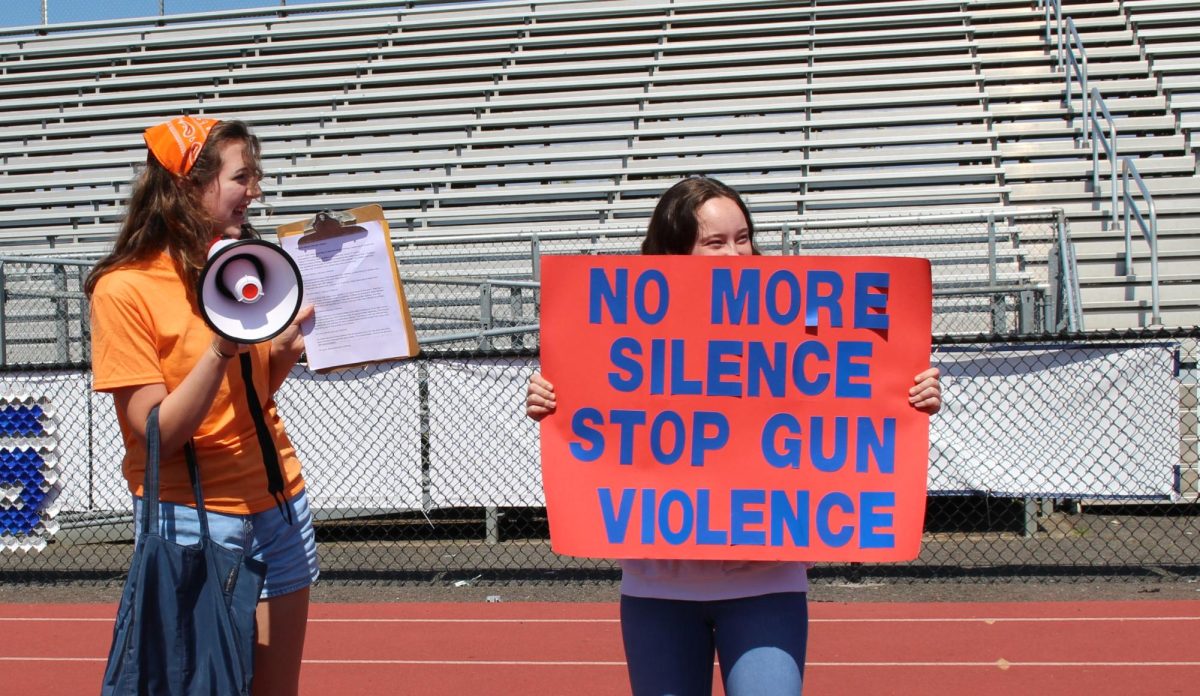

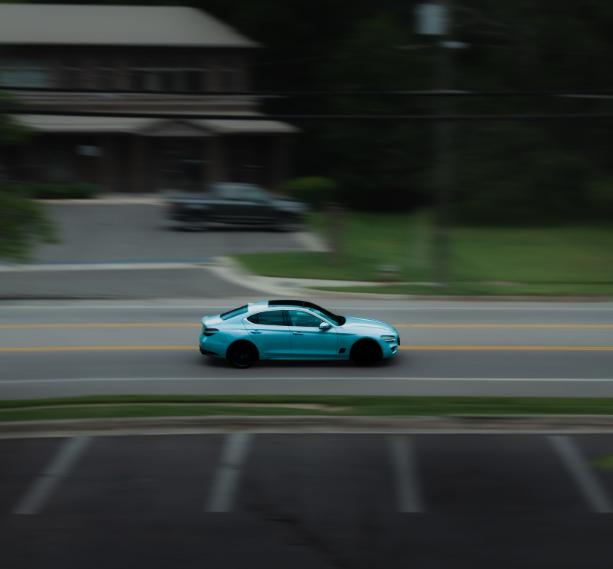
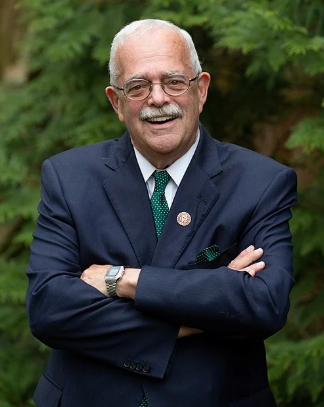
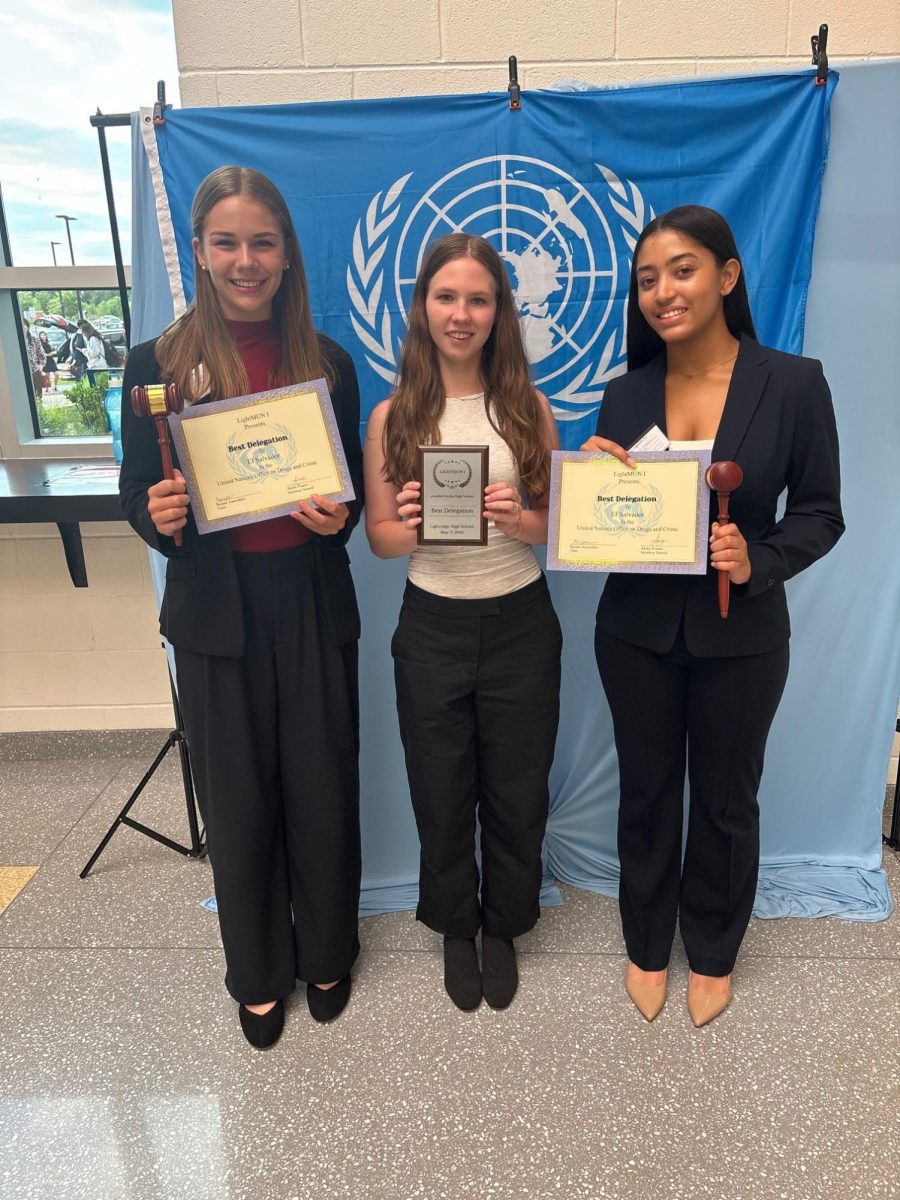

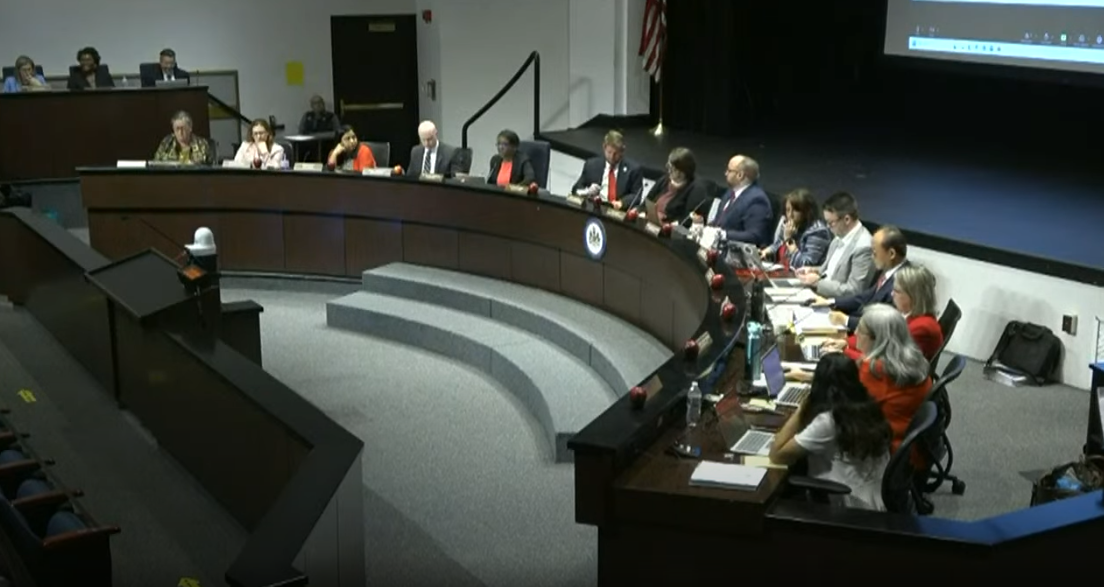
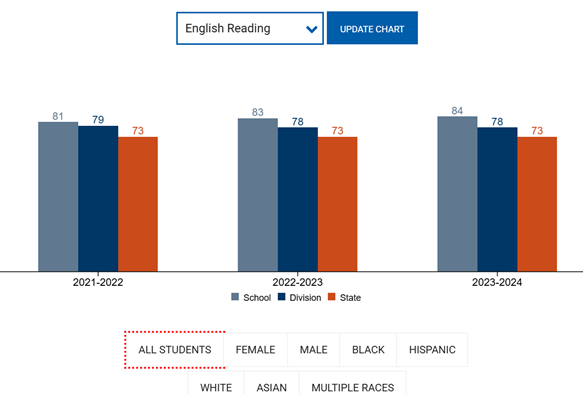
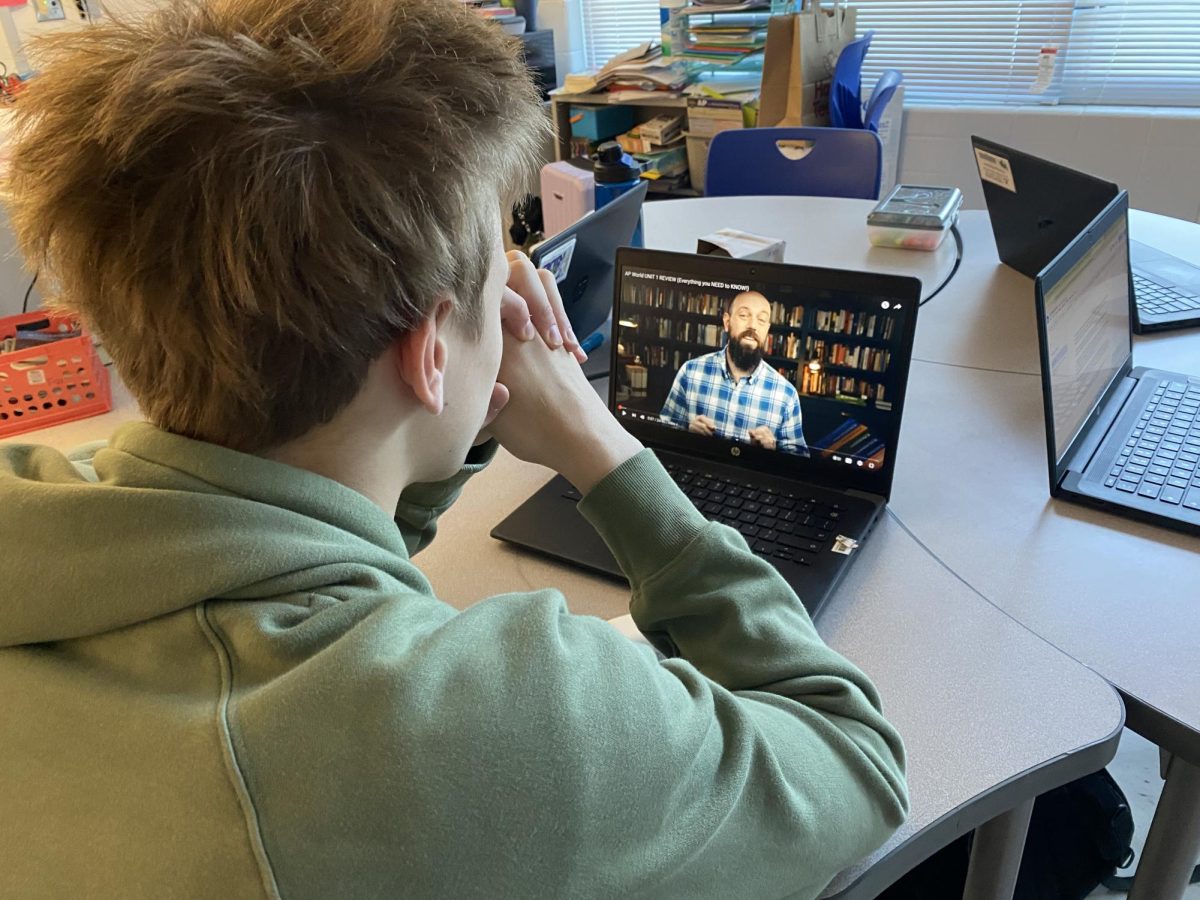


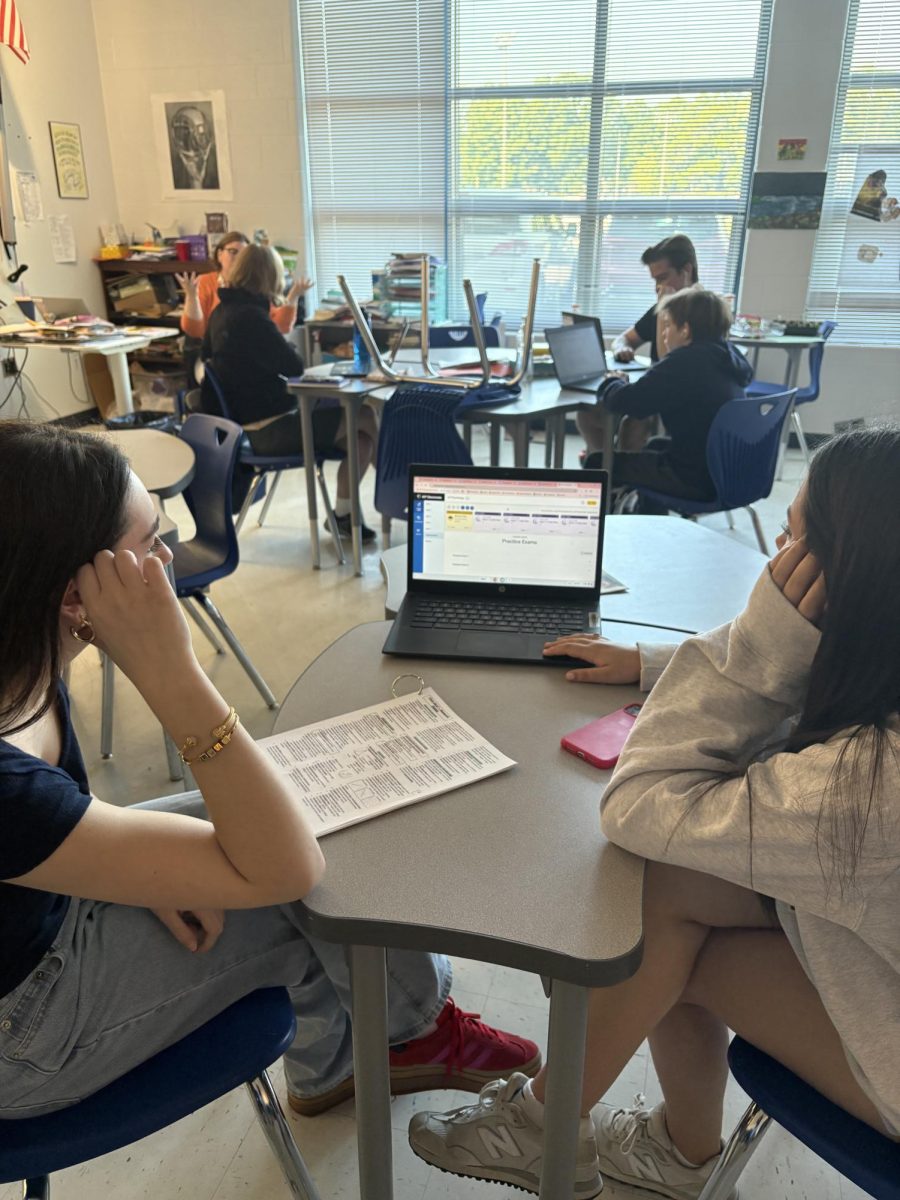



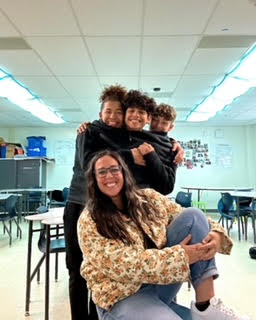
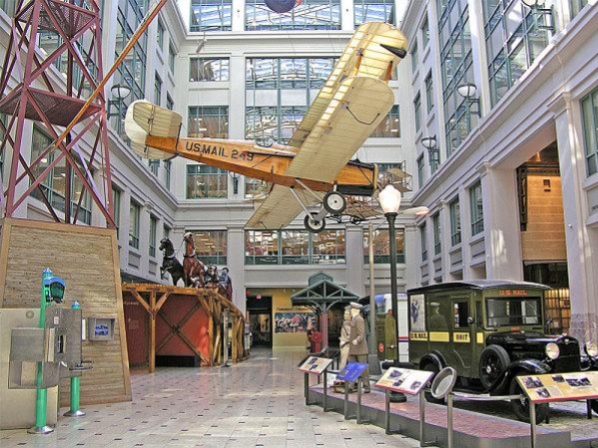


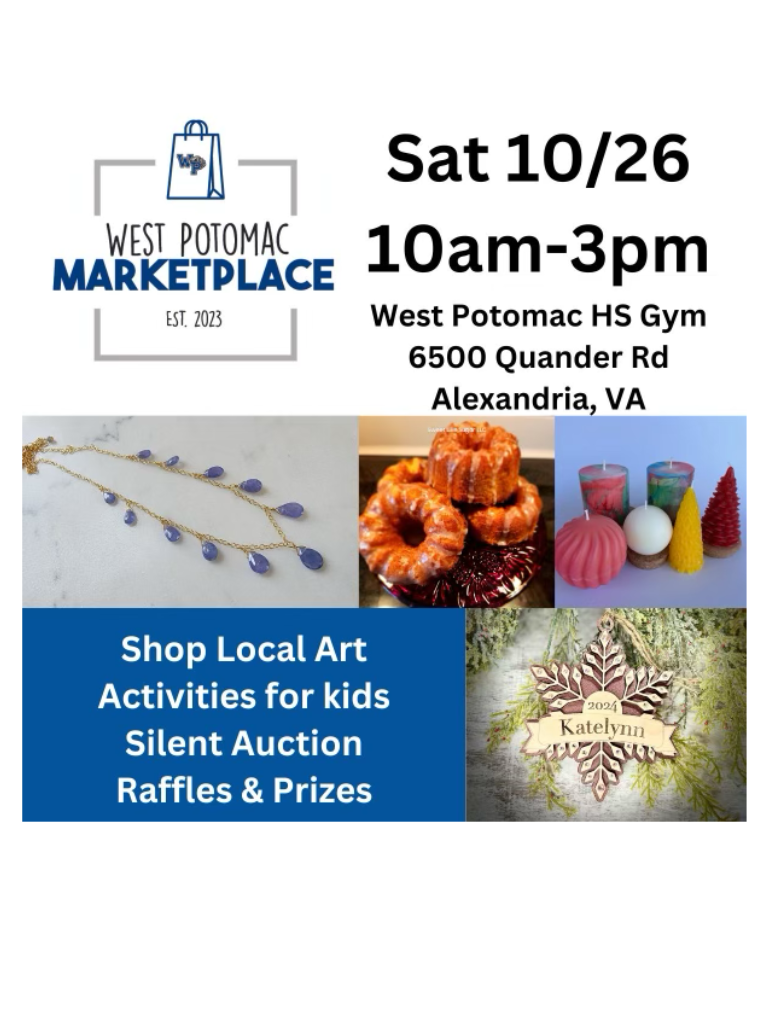
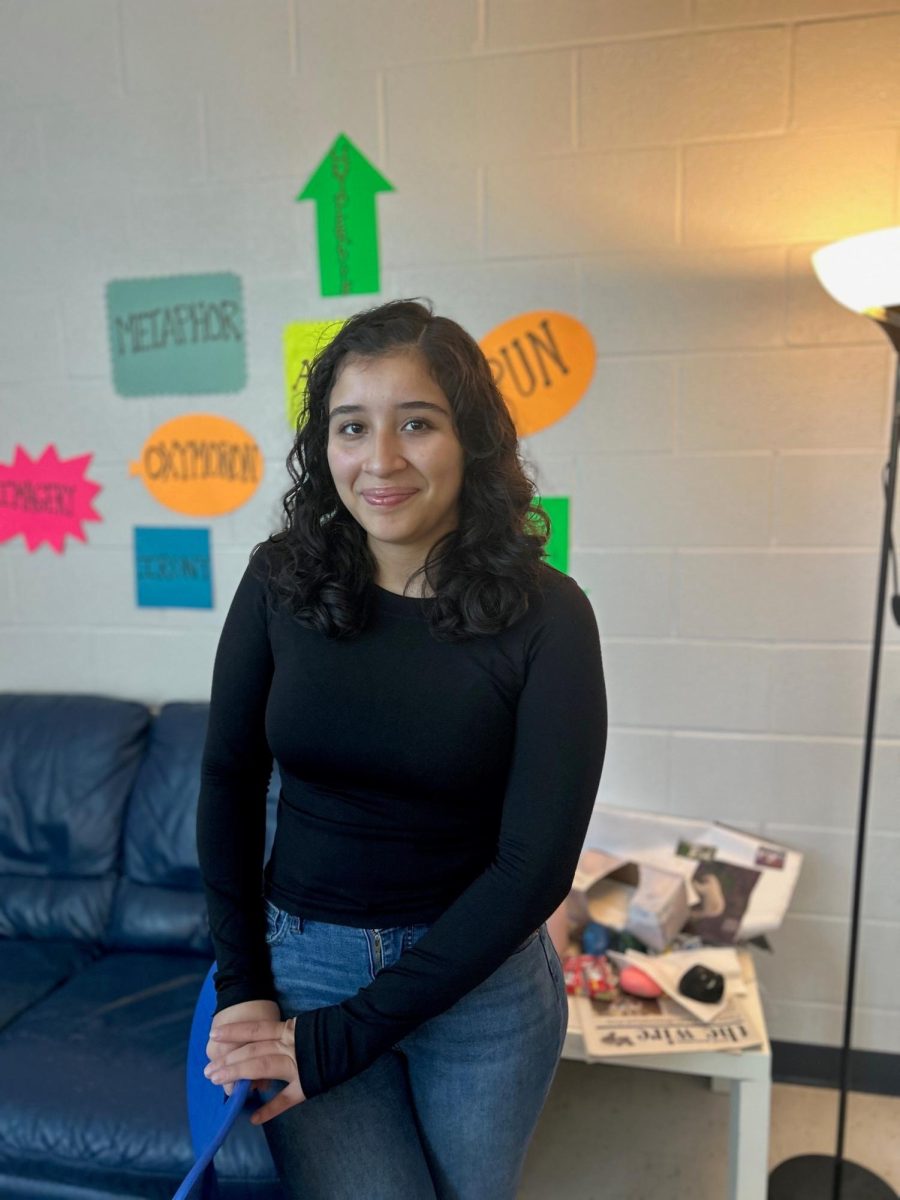
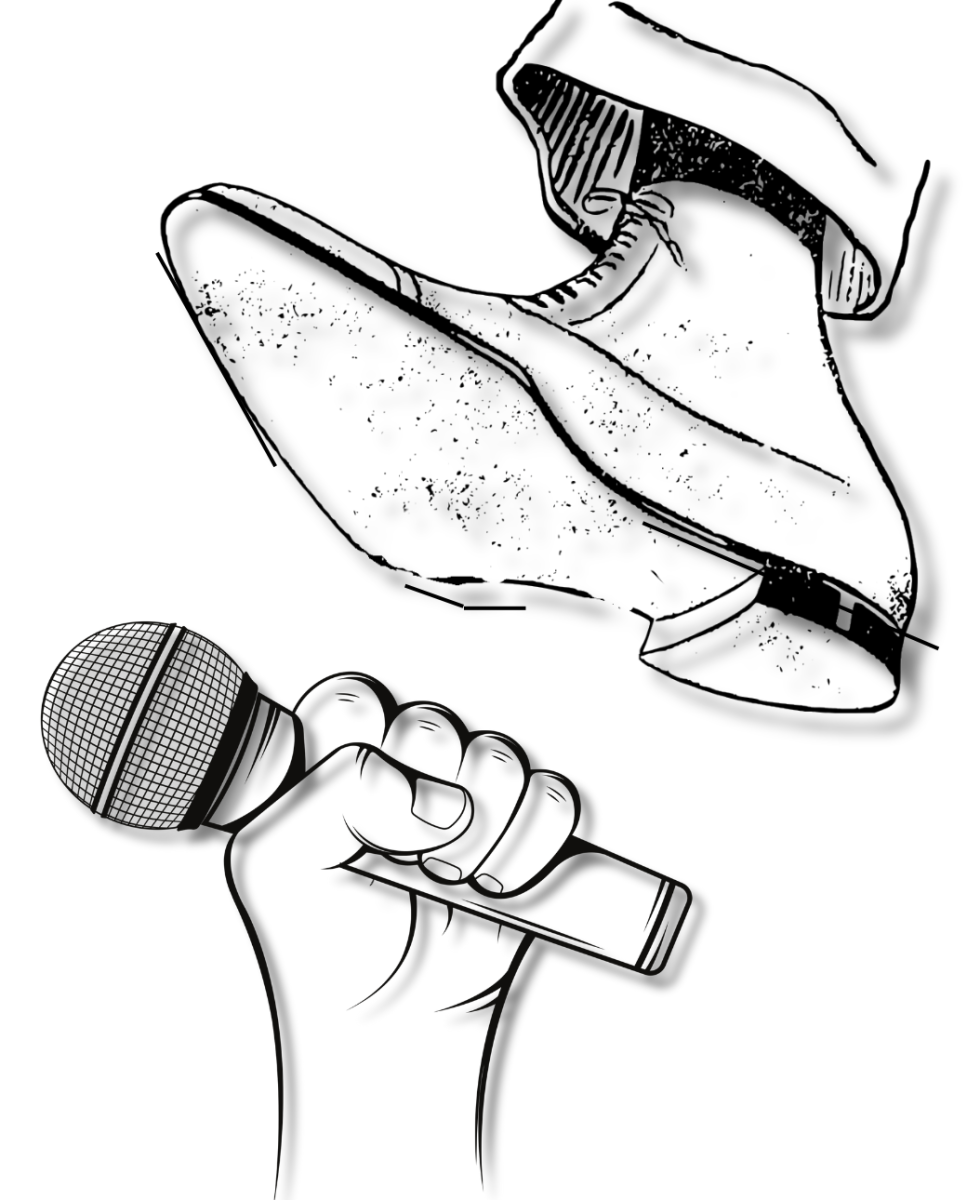
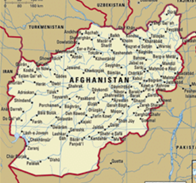

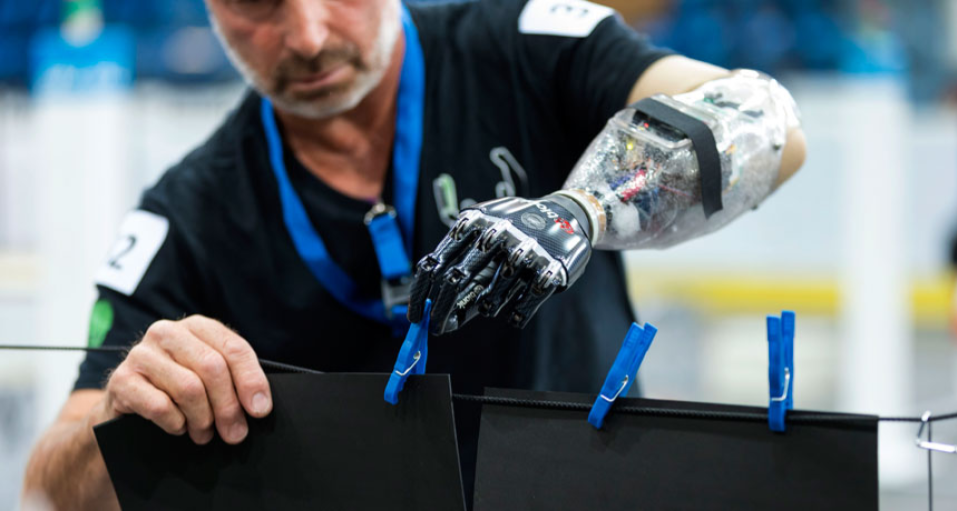


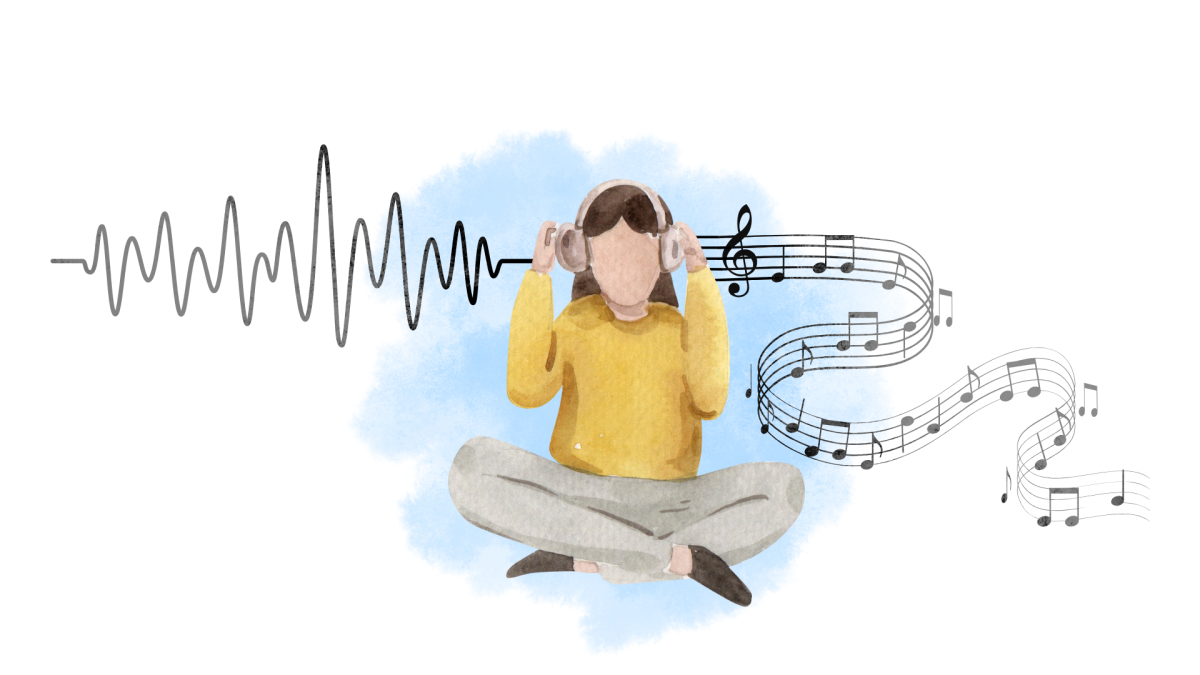
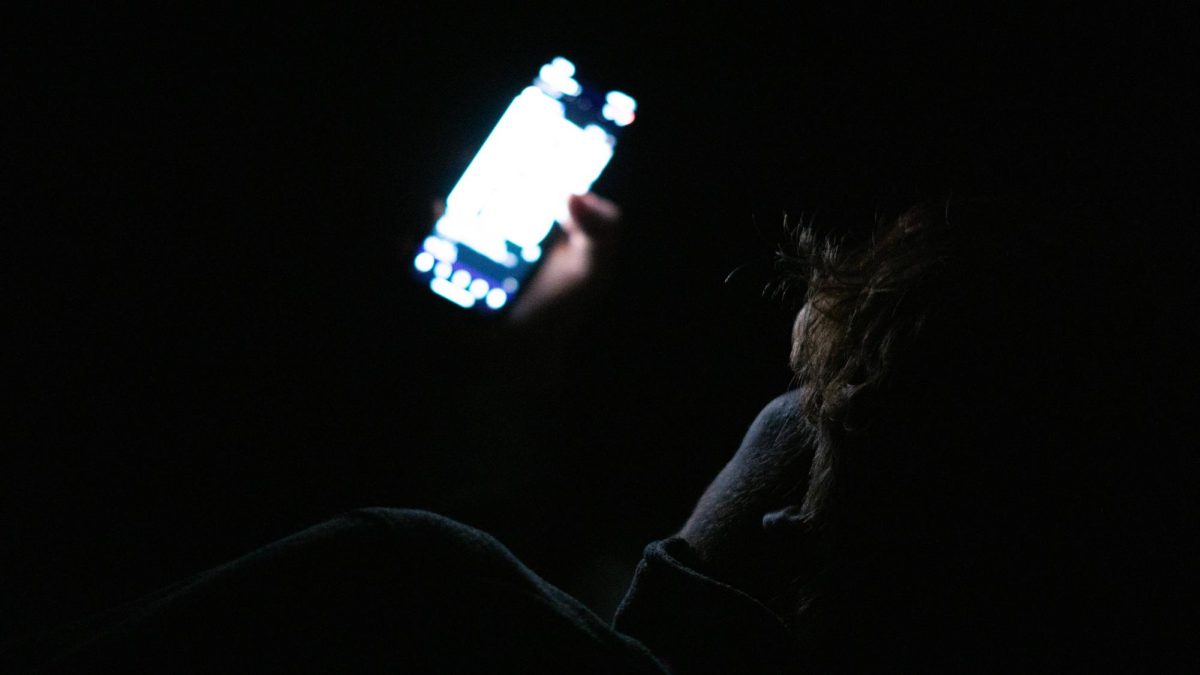

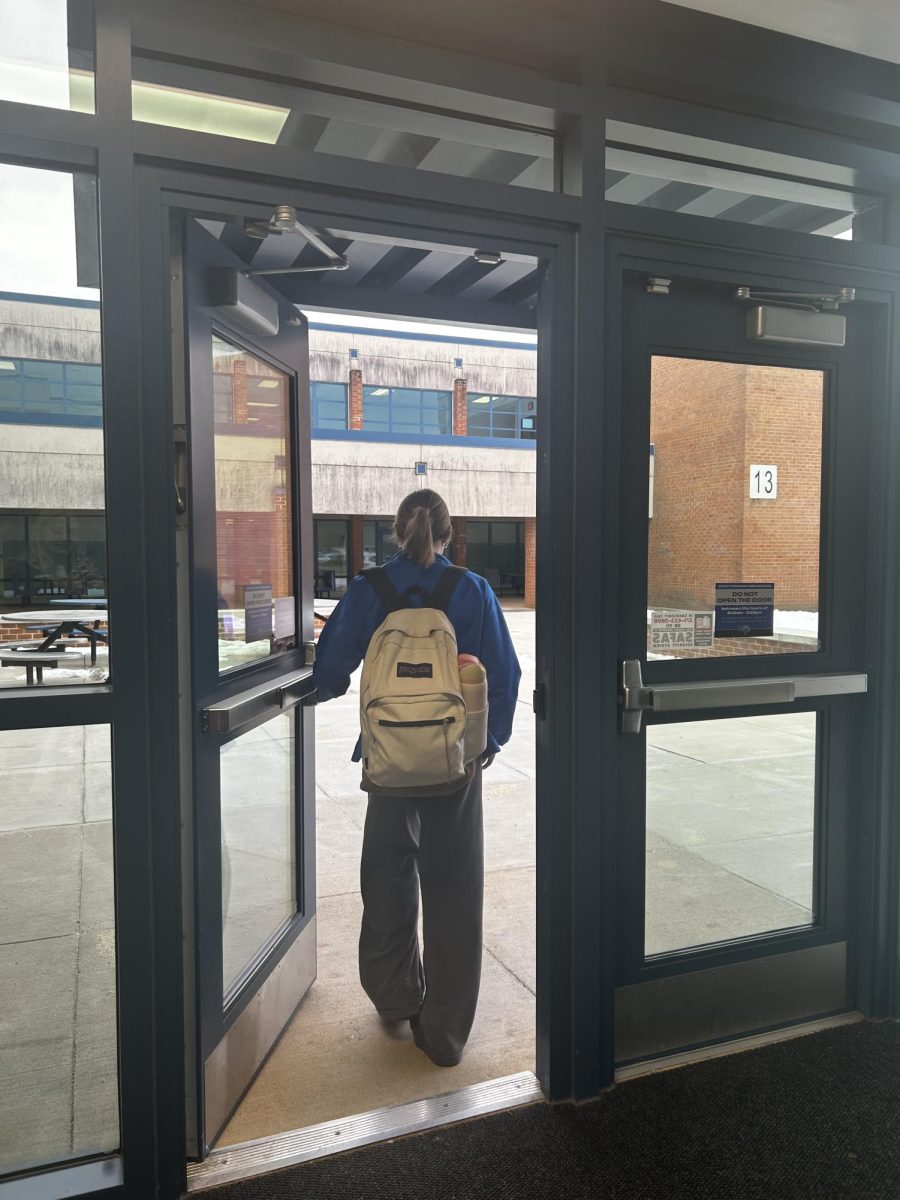
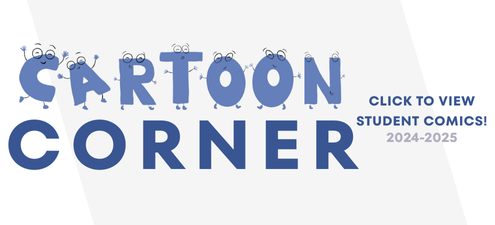
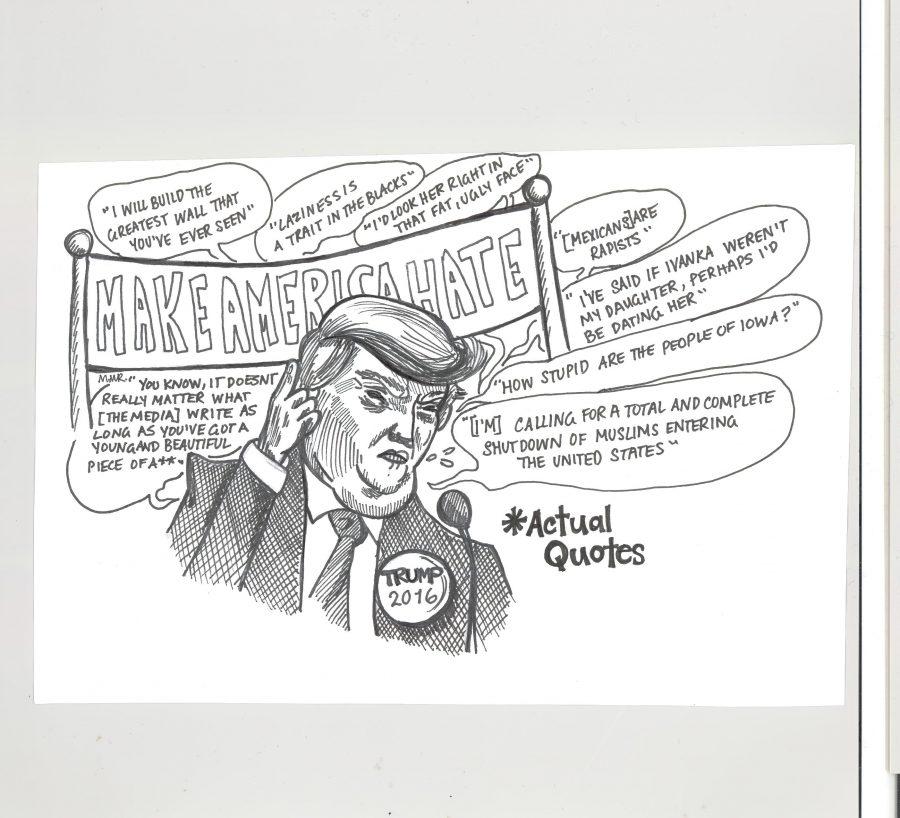


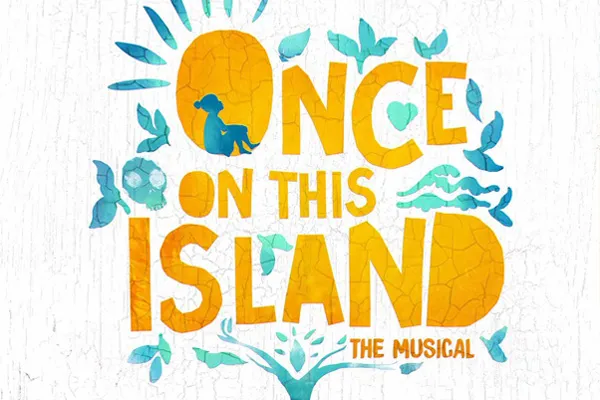

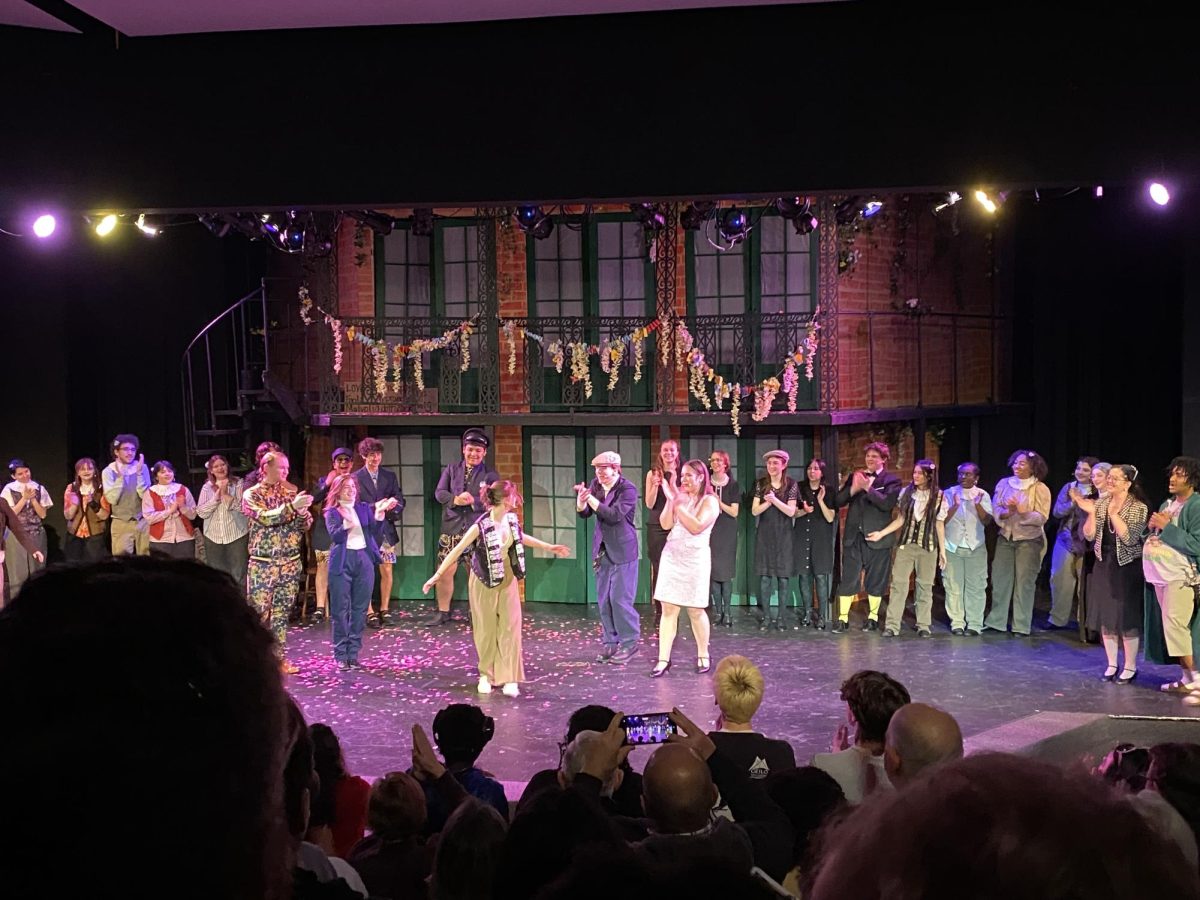

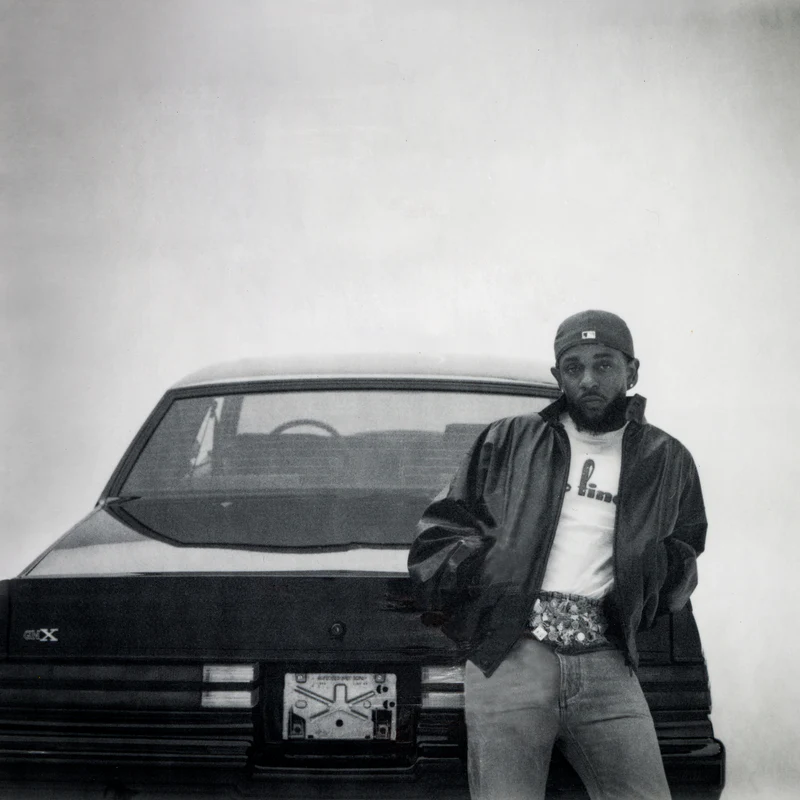

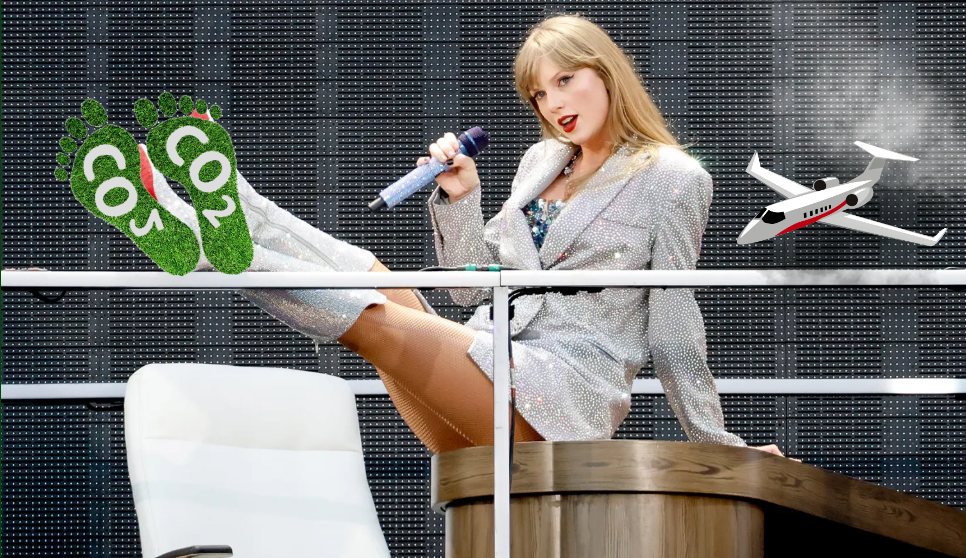
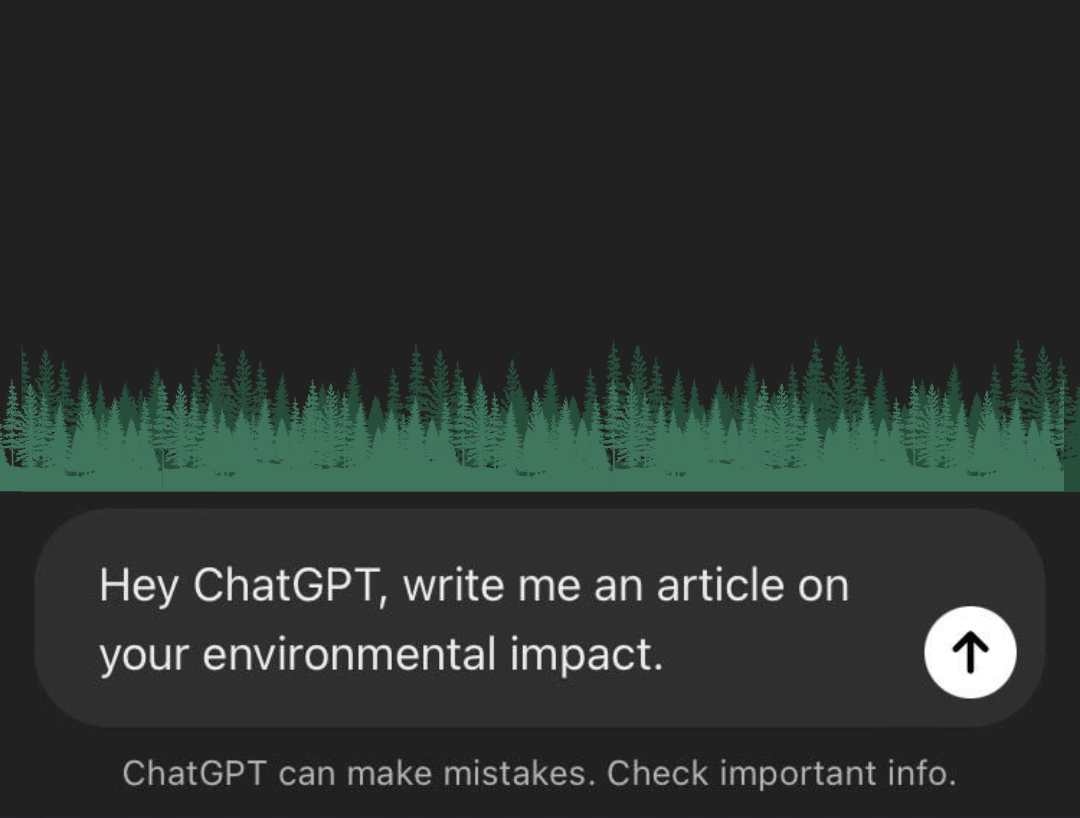

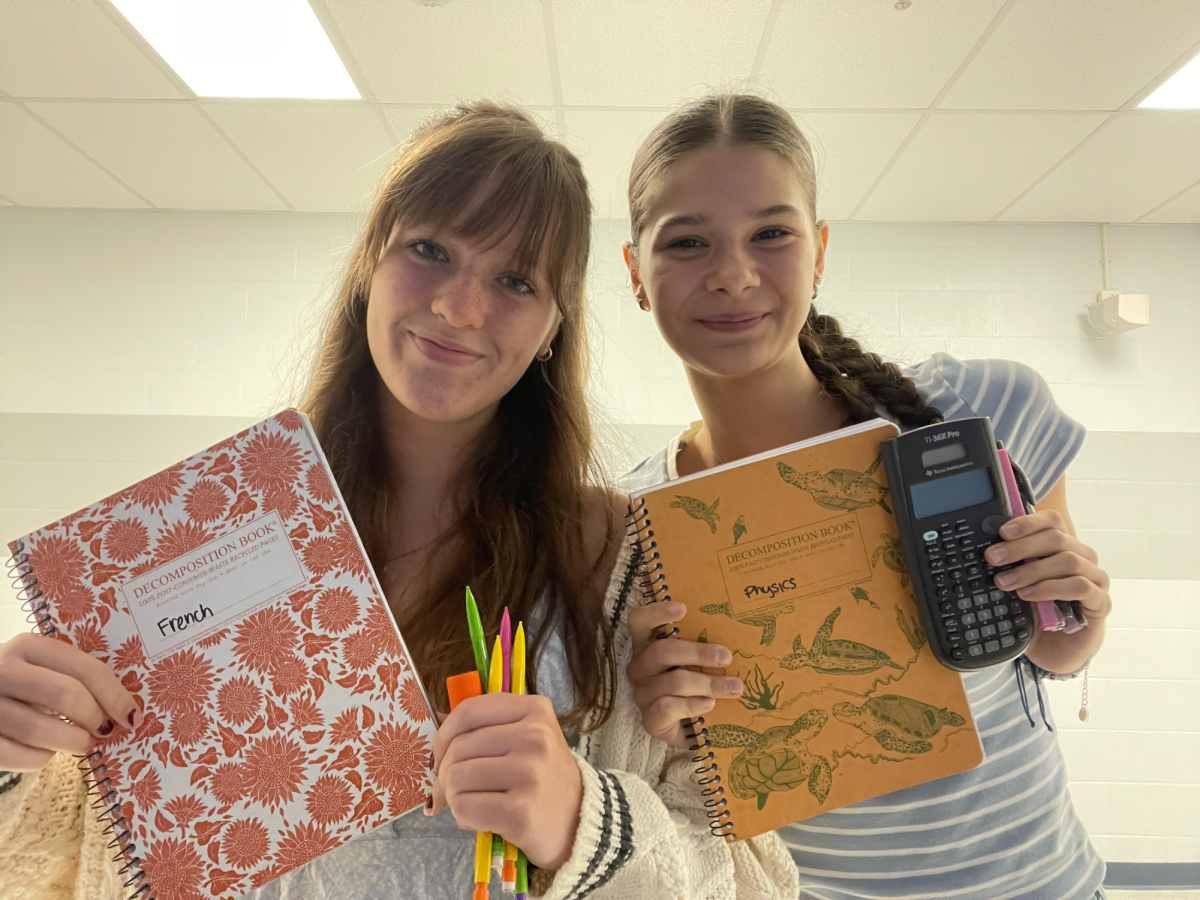
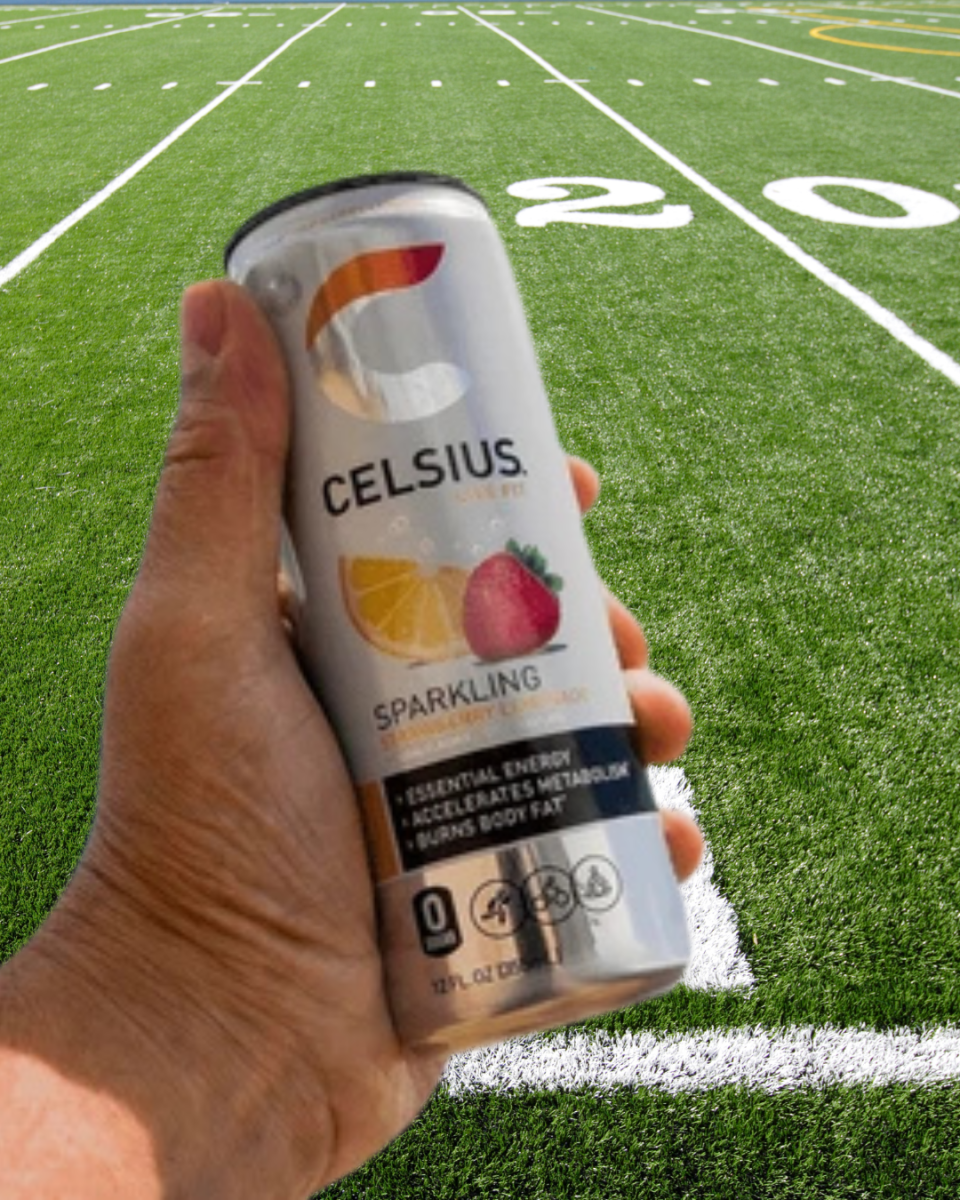
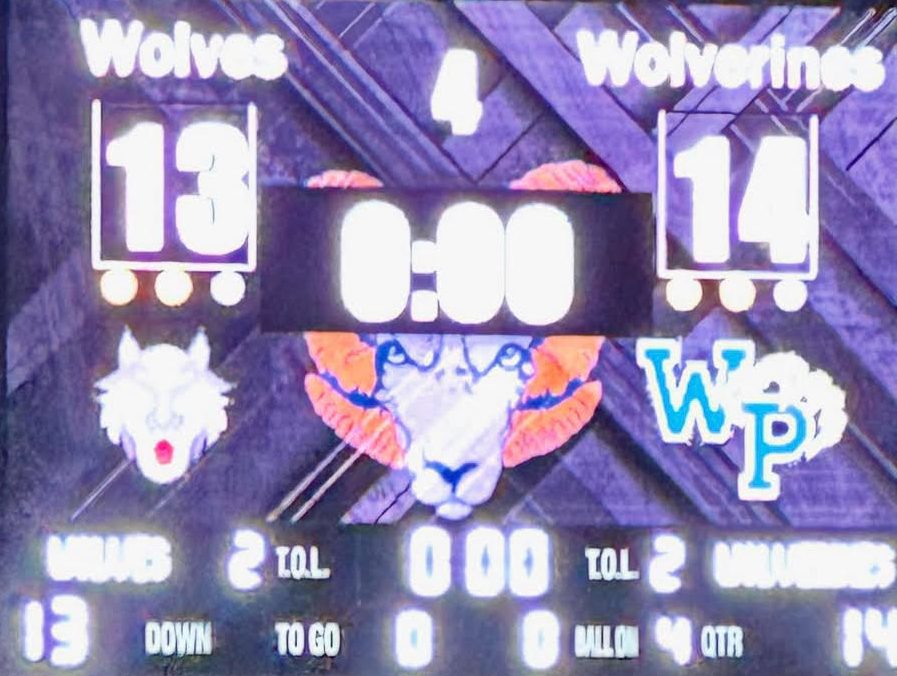






Ms. Brunk • Sep 12, 2024 at 10:29 AM
Excellent article and statistics!